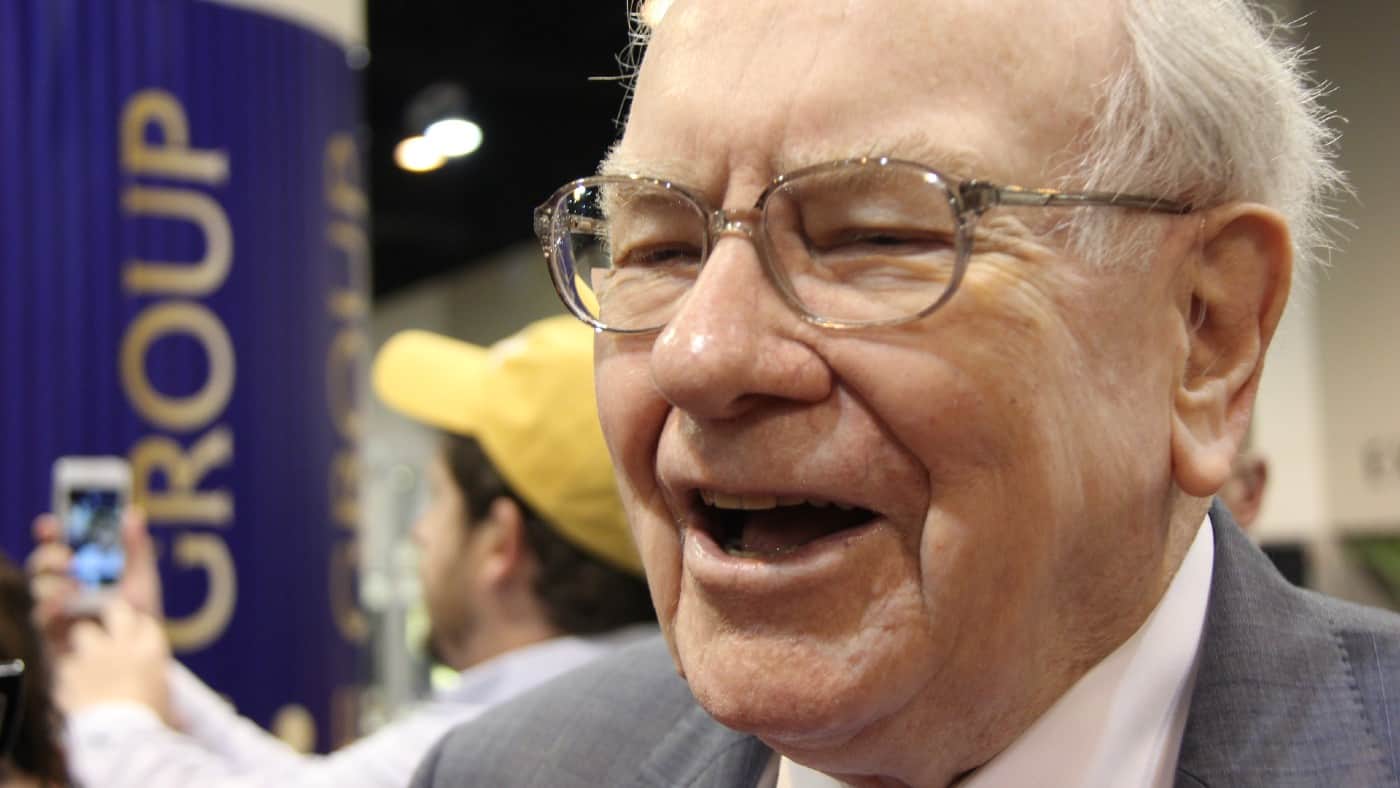Billionaire Warren Buffett has a fair claim to being the world’s top investor, I would say. He has an incredible record of picking shares, stretching over decades.
Buffett has refined his approach over time, but at its core have always been some key investing rules he learned from Ben Graham. Three of them are central to the Buffett method.
Buying businesses not shares
A lot of people look at the share price of a company and decide whether or not to invest based just on that.
But a share is a sliver of a business. Buffett reckons that what matters for a share is how good the overall business is. He does not just invest in shares because they have a low price-to-earnings ratio, for example. Instead, he asks whether the business overall has attractive economic features. For example, does it own strong brands like Coca-Cola? Does it have infrastructure assets that would be hard to replicate, like National Grid? Does it benefit from a large installed base, like Apple?
If the business is attractive, Buffett then looks to see whether the share price can offer him value. He is not just shopping for bargains. An attractive price may not be a ‘cheap’ one – but if the business is of high enough quality, it could still turn out to offer value.
Meet Mr Market
Another key element of the Warren Buffett method of investing is treating share price movements in a particular way.
A lot of investors get panicked when share prices move. When prices tumble, they may dump their shares at a loss. When the stock market rallies, some investors buy shares just in the hope that prices will keep increasing.
Having a calm head is a big asset in the markets. The way Buffett looks at share prices involves an imaginary character called Mr Market who offers to buy or sell him shares every day. That is actually quite unusual. As Buffett points out, if you owned half a petrol station, you would not expect your business partners to name a price every day at which they would buy your stake – or sell you theirs.
The advantage of that is that one has no obligation to buy or sell. Having identified what he regards as great businesses, Buffett bides his time until Mr. Market offers him an attractive price to buy. When the market tumbles, if the investment case has not changed, then Buffett typically does not sell his shares even while other investors panic.
Margin of safety
The third key principle in Warren Buffett’s investing style is always to have a margin of safety.
He does not dabble in businesses that look a bit better than average, or pay a share price that could be good value only if everything goes right for a company in future. Instead, Buffett looks for investments that are priced attractively enough to give him some cushion even if the business does not live up to its full potential.
